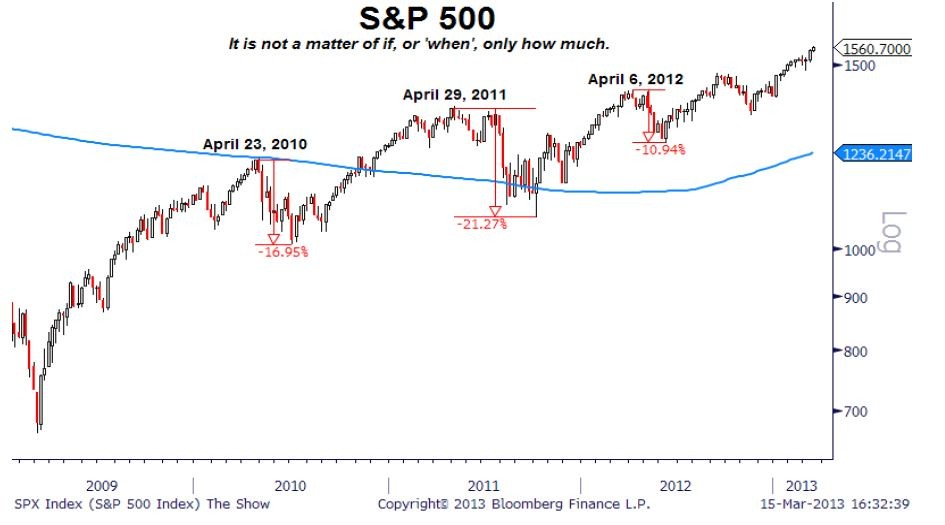Should You Buy US Penny Stocks Or Emerging Market Stocks
Post on: 13 Июль, 2015 No Comment

As an investor, when you buy an asset. your intention is to gain returns either on a regular basis or by selling it at an appreciated price. Investment options having similar broader characteristics are put into categories called asset classes. The main classes are equities, fixed-income. cash equivalents, commodities. and real estate. But within each asset class there exist many sub-categories that differ greatly from one another. In this article, we compare emerging market stocks with US penny stocks to better understand the differences, features, and suitability. (For more, see Asset Allocation: The First Step Toward Profit )
Emerging Market Stocks
The term emerging markets describes developing economies that have rapid economic growth and favorable demographics. The rising stock market capitalization and economic output of these countries have brought them into the spotlight. According to the International Monetary Fund (IMF ), these economies account for 40% of the world’s gross output (measured in US dollars). The figure was at 25% a decade ago.
There is no rigid definition for countries (or regions) to be called emerging, but considerable part of Asia, Eastern Europe, Latin America, the Middle East, and Africa are included in the list. The economies collectively called the BRIC economies (Brazil, Russia, India, and China) are among the most prominent emerging markets. Overall, these developing economies have attracted many institutional and retail investors in recent years.
Many investors believe that geographical diversification is healthy for a portfolio, and it works better when the selected markets or assets are less related. Though global markets are becoming increasing synchronized in their movement, the degree still varies. Emerging markets are less similar to US stock markets than markets in more developed regions like Western Europe. Diversifying across these markets can help investors gain better returns while exploring new opportunities. Positive indicators for these regions include strong domestic consumption, large and young work forces, lower burden of debt on governments compared to the developed world, high saving rates. and the potential for strong industrial production and growth. (For more, see Is the Stock Correlation Strategy Effective? )
However, bear in mind that these economies have smaller retail participation, and experience higher volatility and lower trading volumes than more developed economies. When investing in stocks from emerging markets, investors should consider currency risk and review the political situation in each country.
Investors looking to add some emerging market stocks can do so by directly investing in these markets through a brokerage firm (which can offer more choices) or can directly invest in stocks in larger companies that trade in the US as American depository receipts (ADR ). Investors first need to select the emerging market of choice then look for high-quality stocks (high-trading volume, less volatility, solid balance sheet, and growth potential) to add to their portfolio with a medium- to long-term view. (For more, see What Is An Emerging Market Economy? )
A penny stock, as defined by the SEC, refers to “a security issued by a very small company that trades at less than $5 per share.” These stocks are usually not able to meet the eligibility criteria laid out by the stock exchanges and thus usually trade over-the-counter (OTC ), in markets such as the OTC Bulletin Board or OTC Link LLC (previously known as the Pink OTC Markets). These stocks are issued by companies that are generally newer and have no track record or history to display their potential. The products or services of many of these companies have not yet entered the market or gained market acceptance. There have been a few success stories, but the future most of these companies is highly questionable. (For more, see The Lowdown On Penny Stocks )
These stocks are traded cheaply and thus lure many to buy them in the hopes of hitting a jackpot. But penny stocks are a highly speculative form of investment and are even prone to manipulation and scams. These manipulations are mainly done to inflate the stock price through various strategies (creating excitement about the stock via emails and messages, bulk buying by a single party, broker-dealers acting in selfish interest) that make the stock look “attractive.” (For more, see How The SEC Places Rules On Penny Stocks )
Non-suspecting investors become victims of such moves and end up buying these stocks in the hopes of quick gains. Remember, buying is never a problem with these stocks but selling is! So, if you think that it is wise to pick 10,000 penny stock shares trading at $0.75 (money invested = $7,500) and then sell them when they are trading at $1.50 (investment worth now = $15,000), attempting to pocket a profit of $7,500 within a span of one week, hold your excitement until you find a buyer. The large bid-ask spread. low liquidity. and low volume make it difficult to trade penny stocks.
Despite the riskiness attached to these stocks, there are investors who venture in them. Speculators look at these low-priced stocks as an opportunity to benefit from any movement on the upside.
The table below compares the broader features of these two categories of stocks.














